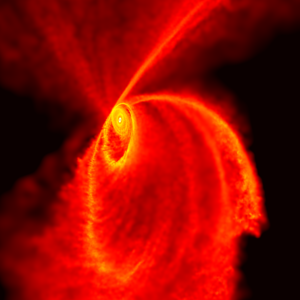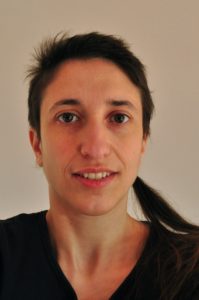
- This event has passed.
This is a free and open to the public hybrid event, held both inperson and online. Due to the newly effective insurance requirements, we regret that we can not allow people under 18 on the Chapman Campus, they are welcome to attend online.
Join Zoom
This meeting’s speaker will present online from Heidelberg, Germany.
A Journey Through Binary Black Holes

The zoo of binary black holes has never been so rich. Before the first LIGO-Virgo detection of gravitational waves in 2015, we could only speculate about the existence of binary black holes, i.e. systems composed of two black holes orbiting about each other. Now, the number of detected binary black holes approaches the 100 mark, and we expect many new discoveries in the next few months. The mass of the black holes observed by LIGO and Virgo ranges from a few up to a few hundred times the mass of our Sun. Some of them are relatively nearby, others merged several Billion years ago and their gravitational wave signal reached us from far away. In this talk, we will explore the main properties of binary black holes and discuss their main formation channels and open questions.

Michela Mapelli obtained her PhD in Astrophysics from the International School for Advanced Studies (SISSA/ISAS, Trieste, Italy) in 2006. She then moved to Zurich (Switzerland) for a postdoctoral fellowship. In 2010, she got a permanent research position at the Italian National Institute for Astrophysics (INAF), where she built her first research group focused on the study of black holes of different sizes. After holding a professorship at the University of Innsbruck (Austria, 2017-2018) and Padova (Italy, 2018-2023), she recently became Full Professor of Computational Physics at the University of Heidelberg (Germany). During her career, she obtained several prizes for her research on black holes, including the MERAC Prize 2015 for the Best Early Career Researcher in Theoretical Astrophysics and a Consolidator Grant of the European Research Council. In 2009, several years before the first gravitational-wave detection, she proposed the formation of black holes with mass about 30-50 times the mass of our Sun. She is now an enthusiastic member of the LIGO-Virgo-KAGRA collaboration and is planning for the next-generation gravitational-wave detectors.
Views: 5
